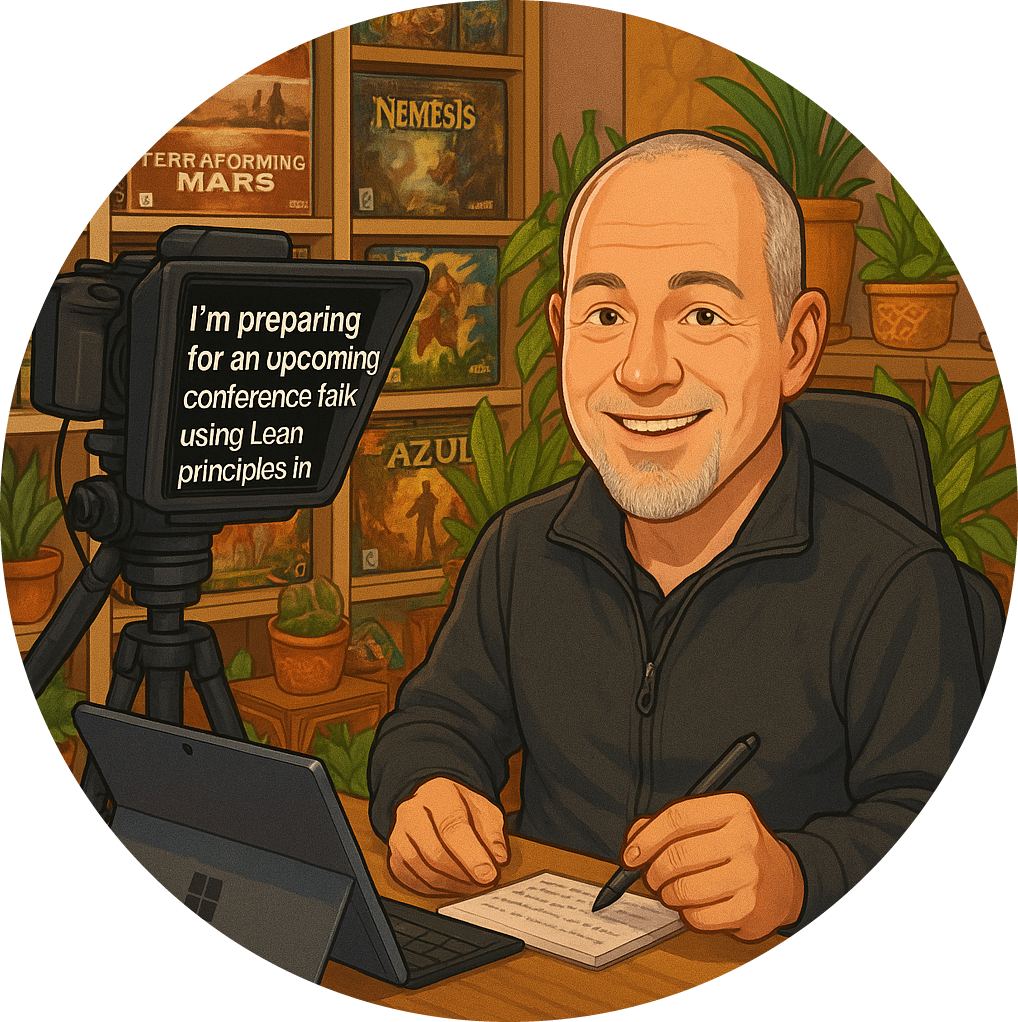Start small, grow smarter. That’s a phrase I find myself repeating often, especially when I’m working with teams who are wrestling with the elusive “perfect” Definition of Done. There’s a common misconception that you need to have it all figured out from day one, that your Definition of Done must be comprehensive, bulletproof, and all-encompassing before you can even begin. But in reality, nothing could be further from the truth.
You don’t start with perfection; you build towards it. Incrementally. Deliberately. Strategically.
In my experience, the earliest versions of “done” are often just that, usable. Something that works, that delivers value, and that you can put in front of a customer or stakeholder. And that’s absolutely fine. In fact, it’s essential. If you try to pile on every possible standard, every compliance check, every automated test, and every bit of telemetry from the outset, you’ll paralyse your team. You’ll lose momentum before you’ve even begun.
Here’s how I’ve seen the Definition of Done evolve in healthy, high-performing teams:
- Start with Usable: Early increments might simply mean the feature works and can be demonstrated.
- Add Automated Tests: As confidence grows, teams introduce automated testing to catch regressions and build trust in their work.
- Layer in Telemetry: Next comes visibility, instrumenting the product so you can see how it’s behaving in the wild.
- Address Security and Compliance: As the product matures, so do the requirements. Security checks, compliance standards, and audit trails become part of “done.”
- Embrace Continuous Deployment: Eventually, the team is confident enough to automate deployment, reducing risk and increasing speed.
Each improvement makes your increment stronger. Each step forward builds trust, quality, and business resilience. But, and this is crucial, each step is taken when the team is ready, not before.
I’ve helped teams evolve their Definition of Done over time, and the key is to avoid overwhelming people. You don’t want to lose momentum or sacrifice outcomes in the name of process. Instead, you want to create a culture where improvement is continuous, where the bar is always rising, but never so high that it becomes unattainable.
Done is a journey, not a single decision.
If you’re looking to evolve your standards without overwhelming your teams, my advice is simple:
- Start small: Focus on what’s essential right now.
- Grow smarter: Add new standards as your team’s capability and confidence increase.
- Celebrate progress: Recognise each improvement as a step towards excellence.
Let’s start the journey together. The perfect Definition of Done isn’t a destination, it’s a path you walk, one step at a time.






























